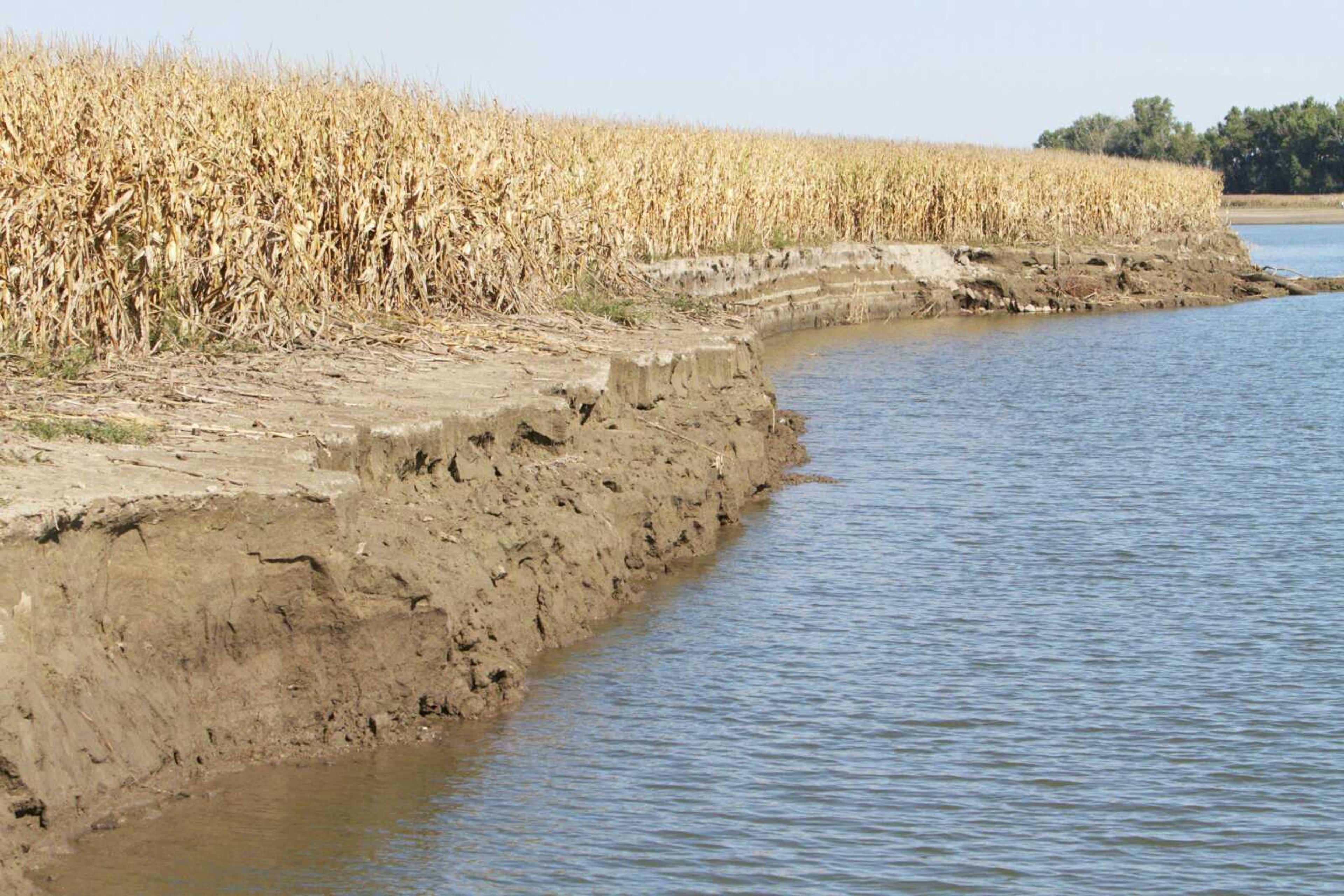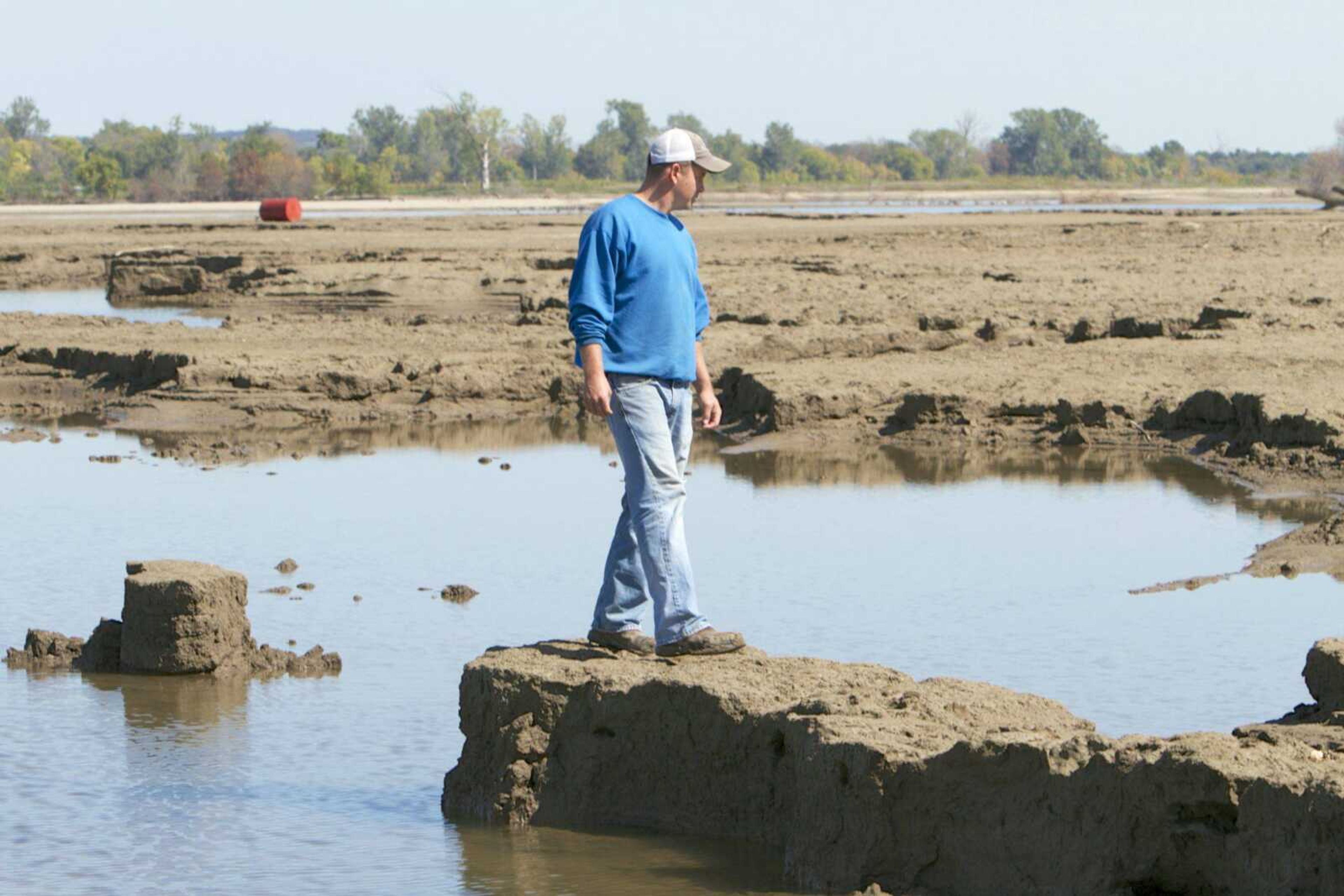Landowners file lawsuit over Missouri River floods
OMAHA, Neb. -- A group of farmers and business owners sued the U.S. Army Corps of Engineers on Wednesday, saying the agency's decisions since 2006 have contributed to major flooding in five states. The federal lawsuit said landowners should be compensated for the extensive damage they experienced -- particularly during the extended 2011 flooding that devastated hundreds of thousands of acres of mostly farmland in Missouri, South Dakota, Nebraska, Iowa and Kansas...
OMAHA, Neb. -- A group of farmers and business owners sued the U.S. Army Corps of Engineers on Wednesday, saying the agency's decisions since 2006 have contributed to major flooding in five states.
The federal lawsuit said landowners should be compensated for the extensive damage they experienced -- particularly during the extended 2011 flooding that devastated hundreds of thousands of acres of mostly farmland in Missouri, South Dakota, Nebraska, Iowa and Kansas.
The lawsuit filed by more than 200 landowners said the corps has de-emphasized flood control while deciding how to manage Missouri River reservoirs as part of an effort to restore habitat for endangered species, and it claimed that has contributed to more flooding.
"These floods have substantially impacted and destroyed Plaintiffs' land and property, depriving them of its use and enjoyment for extended periods of time and, in some cases, permanently," the lawsuit said. "But for the Corps' departure from its longstanding flood control policies and procedures, most if not all of this flooding would not have occurred at all."
Officials from the corps declined to comment on the lawsuit Wednesday because their policy is not to comment on pending litigation.

When the corps decides how to manage the Missouri River's reservoirs, officials balance flood control and the other potential uses of the river, including barge traffic, hydropower, recreation and providing habitat for fish and wildlife.
Outside experts who reviewed the 2011 flooding said the corps did the best it could in dealing with record amounts of water that flowed into the 2,341-mile-long river after unusually heavy spring rains in Montana and North Dakota.
One of those experts, Colorado State University professor Neil Grigg, said Wednesday it's difficult to determine whether the corps' management decisions caused widespread flooding along the river because conditions vary.
"The river is a dynamic living thing, and it changes all the time no matter what the corps does," Grigg said.
But Eddie Smith, one of the plaintiffs' lawyers, said there has been flooding along the river in five of the past seven years, and that wasn't the case before creating wildlife habitat became a higher priority after a court decision.
"We believe this flooding wouldn't have occurred if the corps hadn't turned its back on its effort to tame the river," Smith said.
The 2011 flooding lasted more than three months after the corps began releasing massive amounts of water from reservoirs upstream that were filled by melted snow and heavy rains. The floodwaters overwhelmed levees, carved gouges up to 50 feet deep, created sand dunes 15 feet deep and deposited debris on farmers' fields.
Farmer Bill Sheldon said he still deals with some damage from the 2011 flood on his farm near Percival, Iowa, nearly every day. Sheldon said he's been able to plant crops of some of the 2,500 acres he farms that were inundated, but it still doesn't produce the same amount.
Sheldon said his family invested in heavy equipment to move the drifts of sand 4-feet-deep the river left behind, but it is going to be a long recovery.
"We just want to be compensated for the damage," Sheldon said.
Scott Olson, who farms near Tekamah, Neb., said he feels fortunate that he's been able to resume growing crops on most of the 500 acres that flooded in 2011, but the soil remains depleted and will take years to recover.
Olson said he joined the lawsuit and helped recruit farmers his family had sold farm equipment to over the years because he wants the land to remain productive farmland.
"I'd like to pass my land and my heritage down to my children," Olson said. "With the direction this river is going, if it continues to be an ongoing flood over the years, I won't have much to pass down to them."
Connect with the Southeast Missourian Newsroom:
For corrections to this story or other insights for the editor, click here. To submit a letter to the editor, click here. To learn about the Southeast Missourian’s AI Policy, click here.








